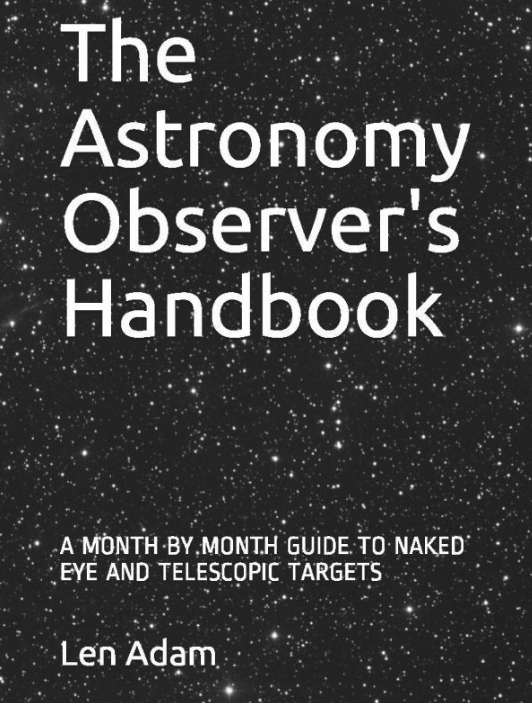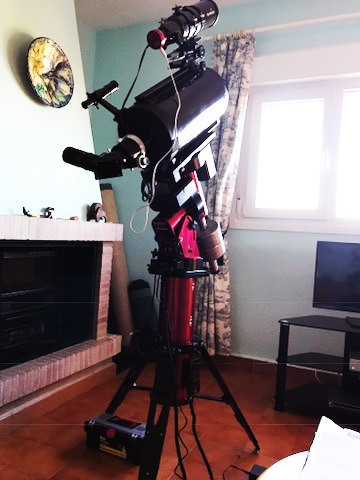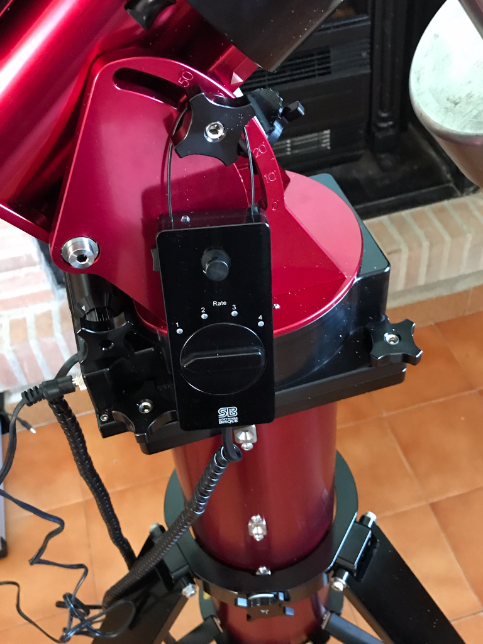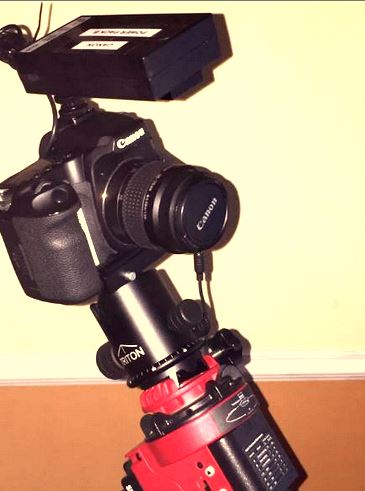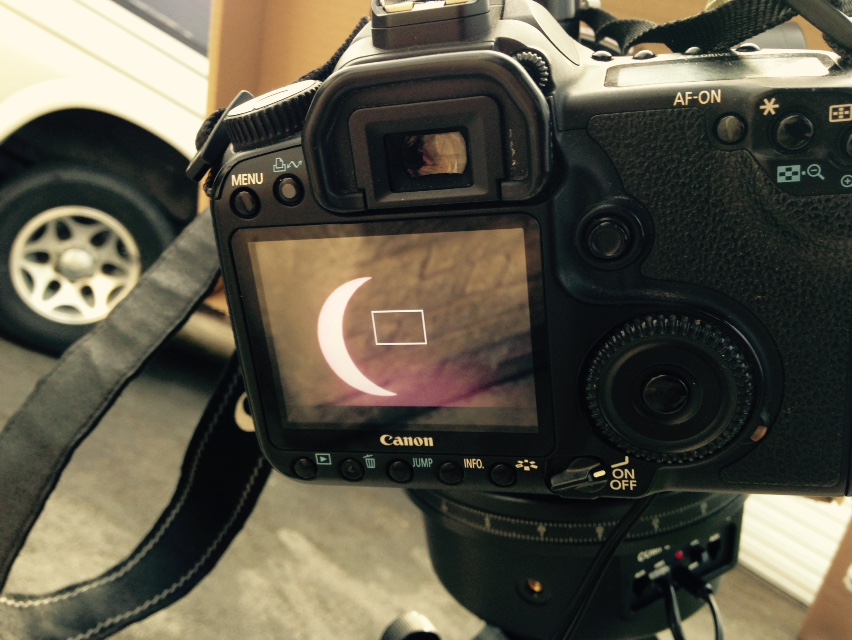I spent the day at Cabo de Gata with my camera - the hides are a long way from the birds but managed to snap a few with my 500 mm lens. It would be good if there was a managed walkway to the water's edge on Hide 1. I need to go back and investigate the footpaths to get a closer view.
This is Hide #1 on the main road into Cabo de Gata village.
This is a Barn Swallow (Hirundo Rustico) over the salt marshes.

There are hundreds of Phoenicopterus roseus - the Greater Flamingo on the lake. Some of these will have returned from the dried out Camargue in France (a breeding ground) to take advantage of the water and the food it contains.

There were also many Recurvirostra avosetta - i.e. Avocets - probably into the hundreds - here are some with some flamingos

and an Avocet in flight

The images below show a Black Winged Stilt. Because of the long dry spell in Southern Spain some of these birds have gone north to the UK and chicks were born there last month for the first time in 27 years. See this article from the RSPB.


There were quite few Black Tailed Godwits on the lake.


The night was clear and I used the SkyX exclusively for all operations with the new add ons. I went through the T-Point Process from scratch - initially synching on Mars. I mapped 20 points on the west side of the Meridian and then slewed to Altair on the east side and mapped 20 more points, I noticed at 25 total points a tick appeared on T Point to tell me that I had sufficient points to set up a model. I carried on to 40 points however and clicked finish in T Point to tell it to use that set of points. I clicked the supermodel button and was ready to try out the ponting accuracy!
This is the final scatter plot

To test the pointing I asked the SkyX to go to M27 - this was the resulting 30s exposure

Not bad pointing - and then to M57

Not exactly central but not too bad - and then NGC 6946

and then NGC 6764

and NGC 6997 - an irregular galaxy and quite large.

and this is NGC 7013

NGC 6916

NGC 6798

NGC 6801

NGC 7116

NGC 6846

NGC 6783

NGC 7052

NGC 7080

NGC 6921

NGC 6928

NGC 6956

NGC 7025

NGC 6944

NGC 6917

NGC 6930

NGC 6969

NGC 6971

NGC 7282

NGC 7265

NGC 7242

NGC 7264

NGC 7228

NGC 7231

NGC 7426

NGC 7250

NGC 7197

NGC 7274

NGC 7227

NGC 7330

NGC 7395

NGC 7379

CLUSTERS
NGC 7295

NGC 7245

NGC 7296

NGC 7209

So the pointing was maintained very well. Will it remain so when the mount is restarted?
 Monday, July 28, 2014 at 8:02PM
Monday, July 28, 2014 at 8:02PM  [Your Name Here] | Comments Off |
[Your Name Here] | Comments Off | 
